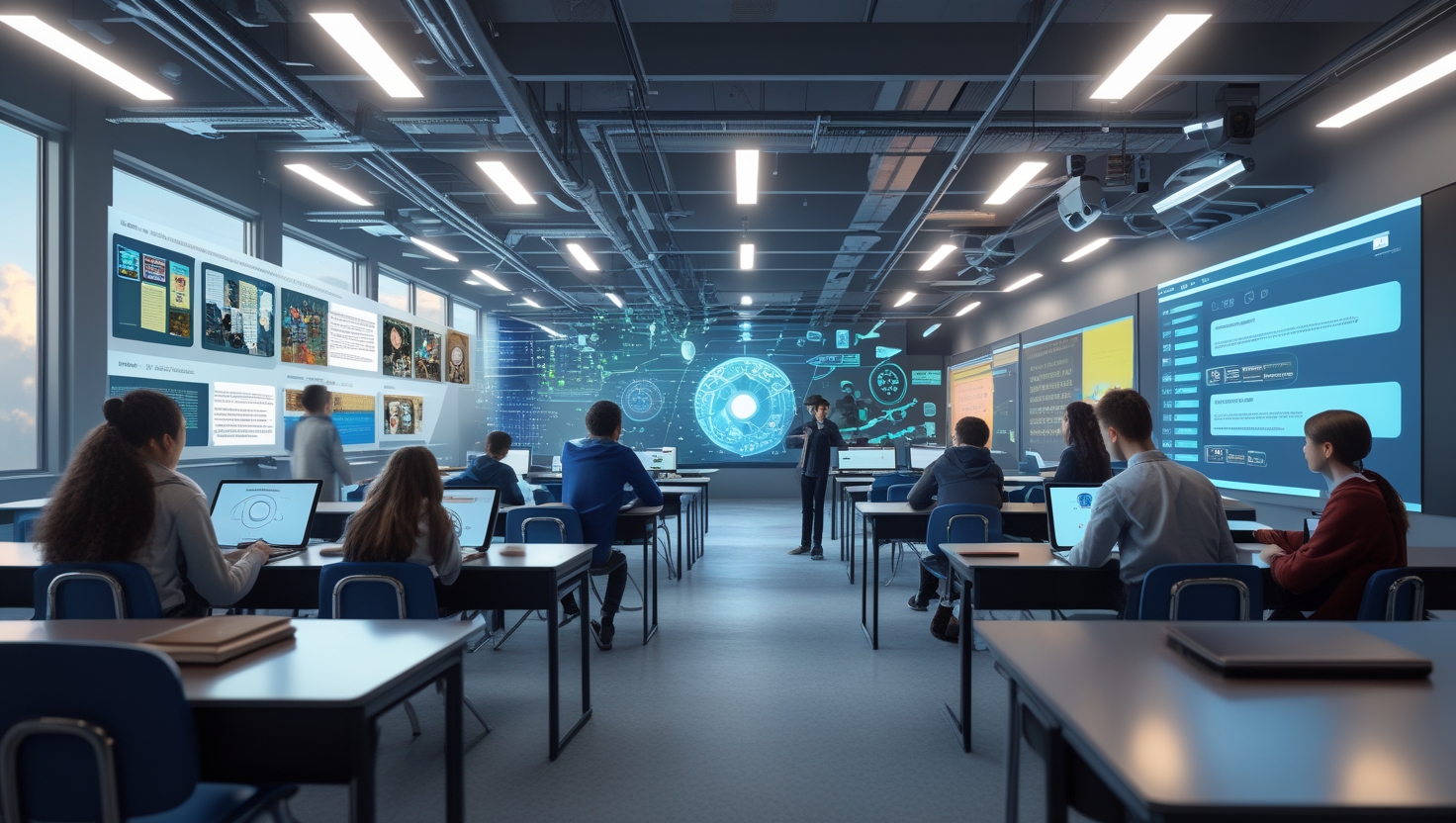The landscape of education has undergone a remarkable transformation in recent years, with video content emerging as a cornerstone of modern learning methodologies. This shift represents more than just a technological trend—it's fundamentally changing how knowledge is transferred, absorbed, and applied across educational contexts worldwide.
The Rise of Video-Based Learning
Statistical evidence paints a clear picture: according to recent educational surveys, over 85% of educators now incorporate video content into their teaching methods, while 92% of students report that videos enhance their learning experience. The ubiquity of smartphones, tablets, and high-speed internet has created the perfect environment for video education to flourish.
This rise isn't merely about convenience—it's about effectiveness. Research consistently shows that visual learning can improve comprehension by up to 400% compared to text-only approaches. The combination of visual and auditory stimuli creates multiple pathways for information to enter memory, substantially increasing retention rates.
Revolutionizing the Traditional Classroom
The flipped classroom model exemplifies how video content has transformed traditional education. In this approach, students consume lecture content via video before class, allowing precious in-person time to be dedicated to discussion, problem-solving, and hands-on activities. This model has shown particular success in STEM subjects, where conceptual understanding benefits from both theoretical explanation and practical application.
Beyond flipped classrooms, video integration takes many forms:
- Micro-learning videos that focus on singular concepts
- Interactive video assessments that gauge comprehension in real-time
- Virtual field trips that transcend geographical limitations
- Expert interviews that bring world-class insights directly to students
- Student-created video projects that demonstrate mastery through teaching
Democratizing Access to Knowledge
Perhaps the most profound impact of educational video content has been its role in democratizing access to knowledge. Platforms like Khan Academy, Coursera, and edX have made high-quality educational content available to anyone with an internet connection, regardless of geographical or socioeconomic barriers.
This democratization extends to specialized knowledge as well. Medical students can now watch surgical procedures in detail, engineering students can observe industrial processes, and language learners can immerse themselves in authentic conversations—all through video content that would have been inaccessible to previous generations of learners.
The Science Behind the Success
The effectiveness of video-based learning is grounded in cognitive science. The dual-coding theory, which posits that combining verbal and visual information enhances learning, helps explain why well-designed educational videos are so effective. Additionally, the ability to pause, rewind, and rewatch content allows learners to process information at their own pace—a significant advantage over traditional lecture formats.
Modern educational videos also benefit from design principles based on cognitive load theory, carefully managing the amount of information presented to avoid overwhelming the learner's working memory. The best educational content creators understand that effective videos aren't just recorded lectures—they're carefully crafted learning experiences that account for how the brain processes information.
Challenges and Considerations
Despite its benefits, video-based education faces challenges. Ensuring accessibility for learners with disabilities requires thoughtful implementation of captions, audio descriptions, and alternative formats. Additionally, the digital divide remains a significant barrier, with many learners worldwide lacking reliable internet access or suitable devices.
Content quality also varies dramatically across the educational video landscape. Without proper curation or guidance, learners may struggle to identify accurate, pedagogically sound resources among the vast sea of available content.
The Future of Video in Education
Looking ahead, several trends promise to further enhance the impact of video in education:
Personalized Learning Pathways: AI-driven systems will increasingly analyze viewing patterns and assessment results to recommend personalized video content tailored to individual learning needs and styles.
Interactive and Immersive Experiences: Advancements in virtual and augmented reality will create increasingly immersive educational experiences, allowing students to interact with complex concepts in three-dimensional space.
Analytics-Informed Content: Detailed analytics on viewing patterns, engagement points, and learning outcomes will help educators and content creators refine their approach, focusing on what demonstrably works.
Collaborative Video Learning: Emerging platforms are enabling synchronous collaborative viewing experiences, allowing geographically dispersed learners to discuss and interact while consuming educational video content together.
Conclusion
The transformation of education through video content represents one of the most significant shifts in pedagogical approach in generations. By combining the engaging nature of visual storytelling with the precision and depth of academic content, educational videos are creating learning experiences that are more accessible, effective, and engaging than ever before.
As technology continues to evolve and our understanding of effective learning deepens, we can expect video-based education to become increasingly sophisticated, personalized, and central to how knowledge is transmitted across society. For educators, students, and lifelong learners alike, embracing this evolution is not just advantageous—it's essential for success in an increasingly visual and digital world.





3 Comments
Leave a Comment